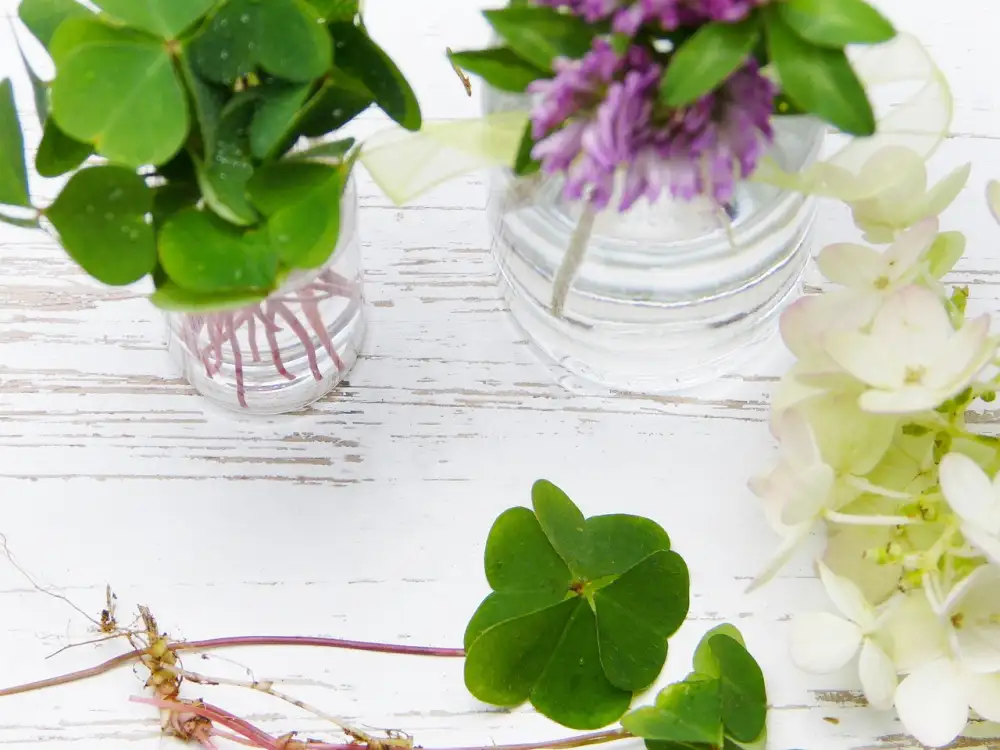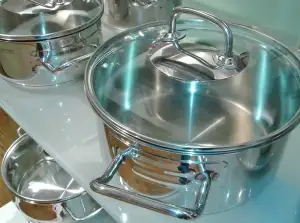Hydrangea Care 101: Expert Tips for Nurturing Beautiful Blooms at Home

- Choosing the Right Location for Hydrangeas
- Planting Hydrangeas in the Ground
- Watering Hydrangeas Properly
- Fertilizing Hydrangeas for Healthy Growth
- Pruning Hydrangeas to Maintain Shape and Size
- Protecting Hydrangeas from Pests and Diseases
- Overwintering Hydrangeas in Cold Climates
- Troubleshooting Common Hydrangea Issues
Hydrangeas are beautiful flowering plants that can add a touch of elegance and charm to any garden or home. With their large, showy blooms in various shades of blue, pink, purple, and white, hydrangeas are a popular choice among gardeners and flower enthusiasts. However, caring for hydrangeas requires some knowledge and attention to detail. In this article, we will provide you with expert tips on how to nurture these stunning blooms at home. Whether you're a seasoned gardener or just starting out, this guide will help you understand the basics of hydrangea care and ensure that your plants thrive and flourish. So let's dive in and learn how to create a beautiful oasis with hydrangeas in your own backyard!
Choosing the Right Location for Hydrangeas
Choosing the right location for hydrangeas is crucial for their growth and blooming. These beautiful flowers thrive in areas with morning sun and afternoon shade, as direct sunlight can scorch their delicate petals. Look for a spot with well-draining soil to prevent waterlogged roots. Avoid planting them near trees or shrubs that compete for nutrients and moisture. By selecting the perfect location, you are setting the stage for stunning hydrangea blooms in your garden.
Planting Hydrangeas in the Ground
When it comes to planting hydrangeas in the ground, there are a few key factors to consider. First, choose a location that receives partial shade or filtered sunlight, as direct sunlight can scorch the delicate blooms. Next, prepare the soil by loosening it with a garden fork and adding organic matter such as compost or well-rotted manure. Dig a hole that is twice as wide and just as deep as the root ball of the hydrangea plant. Place the plant in the hole, making sure that the top of the root ball is level with or slightly above the soil surface. Backfill the hole with soil, gently firming it around the roots. Water thoroughly after planting to help settle the soil and provide moisture for the newly planted hydrangea.
Watering Hydrangeas Properly
Proper watering is essential for the health and vitality of hydrangeas. These beautiful blooms require consistent moisture, but overwatering can be detrimental. The key is to find a balance.
Hydrangeas prefer moist soil, so it's important to keep the root zone consistently damp. Water deeply once or twice a week, allowing the water to penetrate the soil and reach the roots. Avoid shallow watering, as this can lead to shallow root growth.
It's best to water hydrangeas in the morning or early evening when temperatures are cooler. This allows the plants to absorb moisture before it evaporates in the heat of the day. Avoid overhead watering, as wet leaves can promote disease.
Monitor the soil moisture regularly by sticking your finger about an inch into the soil. If it feels dry at that depth, it's time to water. Mulching around hydrangeas can help retain moisture and reduce weed growth.
Remember that different hydrangea varieties have different water requirements. Some prefer more moisture while others are more drought-tolerant. Be sure to research your specific variety for optimal watering guidelines.
By providing proper hydration, you'll ensure your hydrangeas thrive and produce those stunning blooms that will bring joy and beauty to your home garden.
Fertilizing Hydrangeas for Healthy Growth
Fertilizing hydrangeas is essential for promoting healthy growth and vibrant blooms. Start by choosing a balanced fertilizer with equal amounts of nitrogen, phosphorus, and potassium. Apply the fertilizer in early spring, just as new growth begins. Avoid over-fertilizing, as this can lead to excessive foliage growth at the expense of flowers. For mophead and lacecap hydrangeas, use a phosphorus-rich fertilizer to encourage more blooms. Remember to water the plants thoroughly after fertilizing to help nutrients penetrate the soil. Regular fertilization will ensure your hydrangeas thrive and produce stunning blossoms all season long.
Pruning Hydrangeas to Maintain Shape and Size
Pruning hydrangeas is essential to maintain their shape and size. It helps promote healthy growth and abundant blooms. The best time to prune depends on the type of hydrangea you have. For mophead and lacecap hydrangeas, which bloom on old wood, prune right after they finish flowering in late summer or early fall. Remove any dead or damaged stems, as well as any weak or crossing branches. Avoid cutting back more than one-third of the plant's total height. For panicle and smooth hydrangeas, which bloom on new wood, prune in late winter or early spring before new growth begins. Cut back all the stems to about 1/3 of their height, removing any weak or damaged branches. Regular pruning will help keep your hydrangeas looking neat and tidy while ensuring optimal blooming.
Protecting Hydrangeas from Pests and Diseases
To keep your hydrangeas healthy and thriving, it's important to protect them from pests and diseases. One common pest that affects hydrangeas is the aphid. These small insects feed on the sap of the plant, causing leaves to curl and distort. To combat aphids, you can use insecticidal soap or a strong blast of water to wash them off.
Another common issue is powdery mildew, a fungal disease that appears as a white powdery coating on the leaves. To prevent powdery mildew, make sure your hydrangeas are planted in an area with good air circulation and avoid overhead watering. If you notice signs of powdery mildew, remove affected leaves and treat with a fungicide if necessary.
Slugs and snails can also be problematic for hydrangeas, especially in damp conditions. To deter these pests, create barriers such as copper tape around the base of the plant or use organic slug pellets.
Regularly inspect your hydrangeas for signs of pests or diseases so you can take action early on. By being proactive in protecting your plants, you'll ensure they stay healthy and beautiful throughout the growing season.
Overwintering Hydrangeas in Cold Climates
Hydrangeas are known for their stunning blooms, but they can be vulnerable to cold temperatures in winter. To ensure the survival of your hydrangeas in colder climates, it's important to take certain steps:
1. Mulching: Before the first frost, apply a layer of mulch around the base of the hydrangea plant. This will help insulate the roots and protect them from freezing.
2. Wrapping: For extra protection, consider wrapping the entire plant with burlap or frost cloth. This will shield the branches and buds from harsh winds and extreme cold.
3. Watering: During winter, it's crucial to water your hydrangeas sparingly. Overwatering can lead to root rot, so only water if the soil feels dry.
4. Pruning: Avoid pruning your hydrangeas in fall or early winter as this can stimulate new growth that is susceptible to damage from frost.
By following these steps, you can increase the chances of your hydrangeas surviving through winter and thriving again come springtime.
Troubleshooting Common Hydrangea Issues
Despite their beauty, hydrangeas can sometimes encounter problems. Here are some common issues and how to address them:
1. Wilting leaves: If your hydrangea leaves are wilting, it may be due to underwatering or excessive sunlight. Ensure the plant receives adequate water and provide some shade during the hottest part of the day.
2. Leaf spots: Leaf spots can be caused by fungal diseases such as powdery mildew or leaf spot fungus. Remove affected leaves and apply a fungicide according to instructions.
3. Flower browning: Browning of hydrangea flowers can occur due to hot weather or insufficient watering. Water deeply and mulch around the base of the plant to retain moisture.
4. Stunted growth: Poor growth may result from inadequate fertilization or improper soil conditions. Feed your hydrangeas with a balanced fertilizer and ensure they are planted in well-draining soil.
5. No blooms: Lack of blooms could be attributed to pruning at the wrong time, excessive nitrogen fertilizer, or insufficient sunlight. Prune at appropriate times, avoid high-nitrogen fertilizers, and provide at least 4-6 hours of direct sunlight daily.
By troubleshooting these common issues, you can ensure your hydrangeas thrive and continue to bring beauty to your home garden.
In conclusion, nurturing hydrangeas at home can be a rewarding experience. By choosing the right location, planting them properly, and providing adequate watering and fertilization, you can ensure healthy growth and beautiful blooms. Regular pruning will help maintain their shape and size, while protecting them from pests and diseases is essential for their longevity. In colder climates, overwintering techniques can help protect your hydrangeas from harsh weather conditions. And if any issues arise, troubleshooting common problems will keep your plants thriving. With proper care and attention, you can enjoy the stunning beauty of hydrangeas in your home year after year.
Published: 26. 12. 2023
Category: Home



